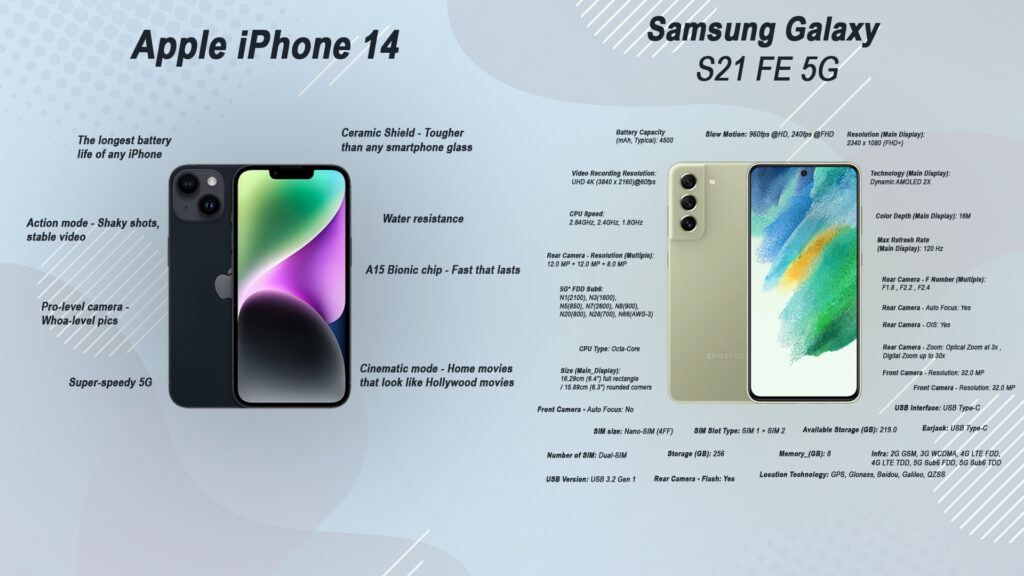What is it?
Precision Messaging is about efficiency – delivering the maximum value with the minimum message size.

Say you’re a start-up pitching your idea to potential investors. You could go into the minutiae of your company’s operations – the exact process you use to onboard new employees, the specific brand of coffee in the break room, and the coding language your website is built in. But will investors care about them? Will these go to convince them to invest?
Instead, you focus on the key aspects of your business that directly speak to an investor’s interests: your unique value proposition, your target market and its size, your business model, your growth strategy, your financial projections, and the qualifications of your team. These are the elements that support your main message (that your start-up is a worthy investment) and advance your goal (securing investment).
This is precision messaging in practice. Each sentence of your message should be written keeping two questions in mind:
Does this detail matter to my audience?
Does it advance the sale or any other objective I have?
Why is it Important?

Your audience will likely tune out if your message is too long, too complex, or filled with irrelevant details. They’ll move on to something else, something that’s easier to digest and more directly relevant to their needs.
Moreover, precision messaging is crucial for driving action. If your content is cluttered with unnecessary information, it dilutes your call to action. Rather focus only on the essential information that supports your main message and advances the sale.

How to do it?
Start by getting to know your audience. Conduct surveys, interviews, or focus groups. Monitor social media conversations. Look at user-generated content like Reddit & quora threads, Amazon, and Google reviews. The more you understand your audience, the better you can tailor your content to their needs.

Then, when you’re creating content, be ruthless in your editing and apply the 80:20 rule. Cut out anything that doesn’t directly support your main message or advance the sale. Remember, every word, every sentence, every paragraph should serve a purpose.
Be mindful that this isn’t about withholding information or being secretive. It’s about respecting your audience’s time and attention and delivering the maximum value most efficiently. It’s about telling a compelling story without getting lost in the details.

Real-world examples:
When Apple sells an iPhone, they don’t list every technical specification. Instead, they focus on the features that matter to their audience – the camera’s quality, the processor’s speed, and the sleek design. They include the information supporting their value proposition and advancing the sale, leaving out the rest.
Here’s how sales messages look for Apple iPhone 14 and Samsung Galaxy S21 FE 5G:

